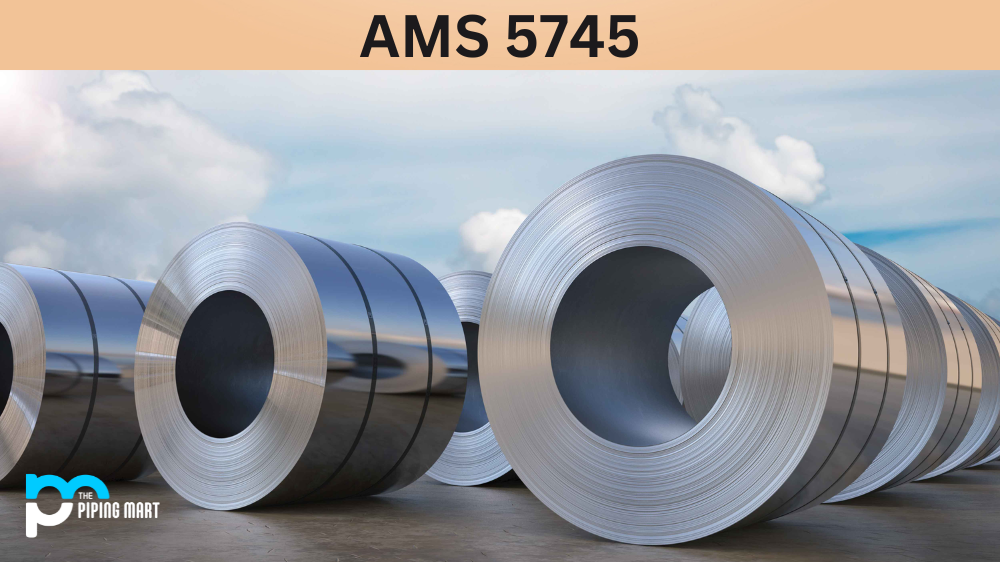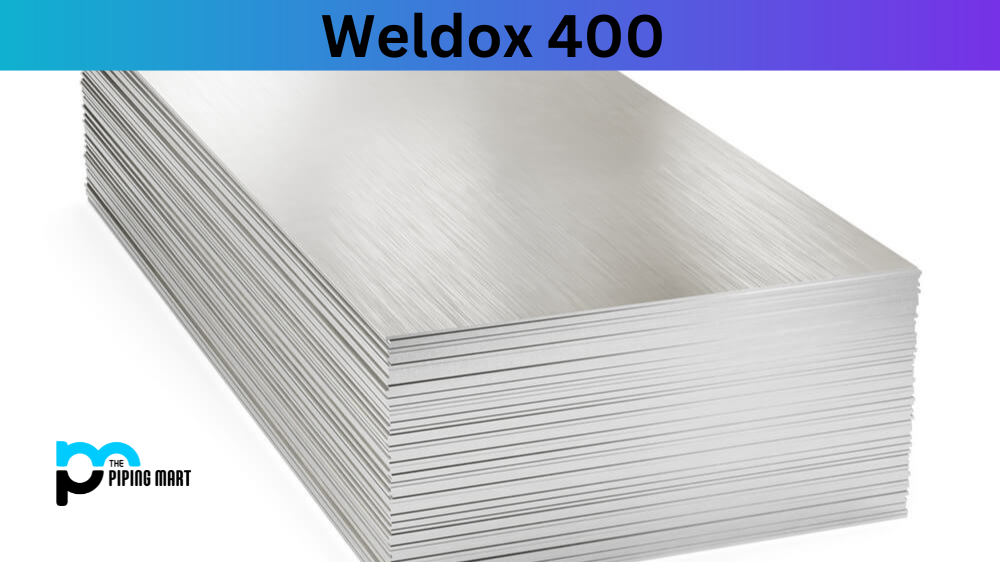When choosing a suitable metal for a specific application, it’s essential to understand its properties, composition and intended uses. SAE J405 Metal is commonly used in various automotive, aerospace, and marine industries. In this blog post, we’ll dive deep into what sae j405 metal is, its composition, mechanical and physical properties, uses, corrosion resistance, heat treatment, machining, and welding.
SAE J405 Composition
SAE J405 is a standard that defines the chemical composition of austenitic chemicals, magnetic particles, and duplex alloy steel bars, rods, and wire. It comprises numerous steel grades, each with a specific chemical composition for different applications. Some of the most popular sae j405 grades include 304, 316, and 430. 304 is general-purpose stainless steel that can withstand most chemicals and high temperatures. 316 has excellent corrosion resistance properties, making it suitable for marine and coastal environments. Lastly, 430 is a ferritic stainless steel with magnetic properties and excellent corrosion resistance.
SAE J405 Mechanical Properties
The mechanical properties of SAE J405 Metal are essential in understanding the material’s strength and ability to withstand stress, impact, or deformation. Austenitic steel grades have excellent mechanical properties, high yield strength, high tensile strength, and excellent ductility. Other steps, such as duplex alloy steel, have excellent mechanical properties such as high strength and toughness, making them suitable for heavy machinery and equipment.
SAE J405 Physical Properties
In addition to the mechanical properties, the physical properties of SAE j405 metal are also vital in determining its usability. For instance, austenitic steel grades have high melting and boiling points, making them suitable for high-temperature applications. They also have excellent thermal conductivity, enabling heat transfer from one point to another. Moreover, sae j405 metal has excellent magnetic properties, making it suitable for electromagnetic applications.
SAE J405 Uses
SAE J405 metal is widely used in various applications, including automotive, aerospace, and marine industries. Its excellent mechanical and physical properties make it ideal for automotive industry components such as engine parts, suspension systems, and exhaust systems. In the aerospace industry, sae j405 metal is used in manufacturing landing gear, wing flaps, and hydraulic tubing. Lastly, sae j405 metal is used in hulls, propellers, and shafts in the marine industry.
SAE J405 Corrosion Resistance
Corrosion resistance is a crucial factor in determining the longevity of metal. SAE J405 Metal exhibits excellent corrosion resistance properties, making it suitable for harsh environments. Austenitic steel grades have high corrosion resistance, making them ideal for marine and coastal environments. Duplex alloy steel possesses excellent corrosion resistance, making it suitable for oil and gas industries.
SAE J405 Heat Treatment
Heat treatment, machining, and welding are necessary for manufacturing sae j405 metal. Heat treatment helps to enhance the metal’s mechanical properties, such as strength and toughness.
SAE J405 Machining
Machining involves removing unwanted material from the metal surface to obtain the desired shape and size.
SAE J405 Welding
Welding is joining two or more metals to form a single component. SAE J405 Metal is highly machinable and weldable, and care must be taken to ensure that the welding process doesn’t interfere with the metal’s mechanical and physical properties.
Conclusion
Understanding the properties, composition, and intended uses of SAE j405 metal is vital in making informed decisions on its application. Its excellent mechanical properties, physical properties, and corrosion resistance make it a versatile material in various industries. The heat treatment, machining, and welding processes are also essential in shaping the same j405 metal into its desired form. Hopefully, this blog has provided valuable insights into SAE J405 Metal, making choosing the suitable material for your application easier.

Abhishek is a seasoned blogger and industry expert, sharing his insights and knowledge on various topics. With his research, Abhishek offers valuable insights and tips for professionals and enthusiasts. Follow him for expert advice on the latest trends and developments in the metal industry.




